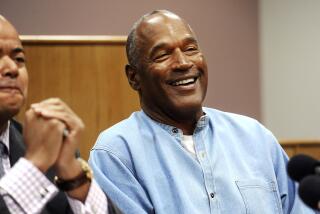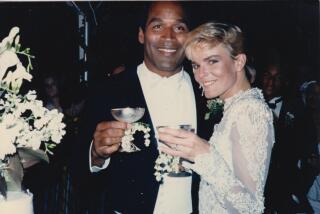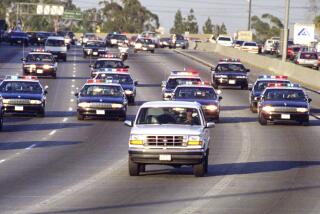Concise and Compact Trial
The speedy guilty verdicts in the Mikail Markhasev murder trial invites comparisons with the effects of continuous television coverage, such as what the nation saw in the O.J. Simpson trial. Yet other important differences, large and small, between the Markhasev and Simpson cases explain the different trials and verdicts.
Most important, perhaps, was the solid, professional police work in the Ennis Cosby robbery-homicide investigation as opposed to unbelievably sloppy police work in the Nicole Brown Simpson and Ronald Goldman double murder investigation. Detectives investigating the murder of entertainer Bill Cosby’s only son, who was killed near Mulholland Drive and the San Diego Freeway in January 1997, were able to find the murder weapon, often a key element in successful murder prosecutions.
In Markhasev’s trial, as well as in Simpson’s and all other American trials, the accused has the presumption of innocence. The burden therefore is on the prosecution to make a strong case to prove guilt beyond a reasonable doubt. In the Markhasev trial, the people’s case was clearly and forcefully presented by Deputy Dist. Atty. Anne Ingalls. The prosecution’s case was uncluttered and focused.
An additional factor in the different outcomes is the tight rein that Superior Court Judge David D. Perez held over the three-week proceeding.
The major commonality in these two high-profile cases is the gloss of celebrity--in one trial the defendant and in the other the family of the victim. The fact that cameras were present in the Markhasev trial only intermittently, rather than constantly, was but one of many factors that made the difference.
More to Read
Sign up for Essential California
The most important California stories and recommendations in your inbox every morning.
You may occasionally receive promotional content from the Los Angeles Times.










